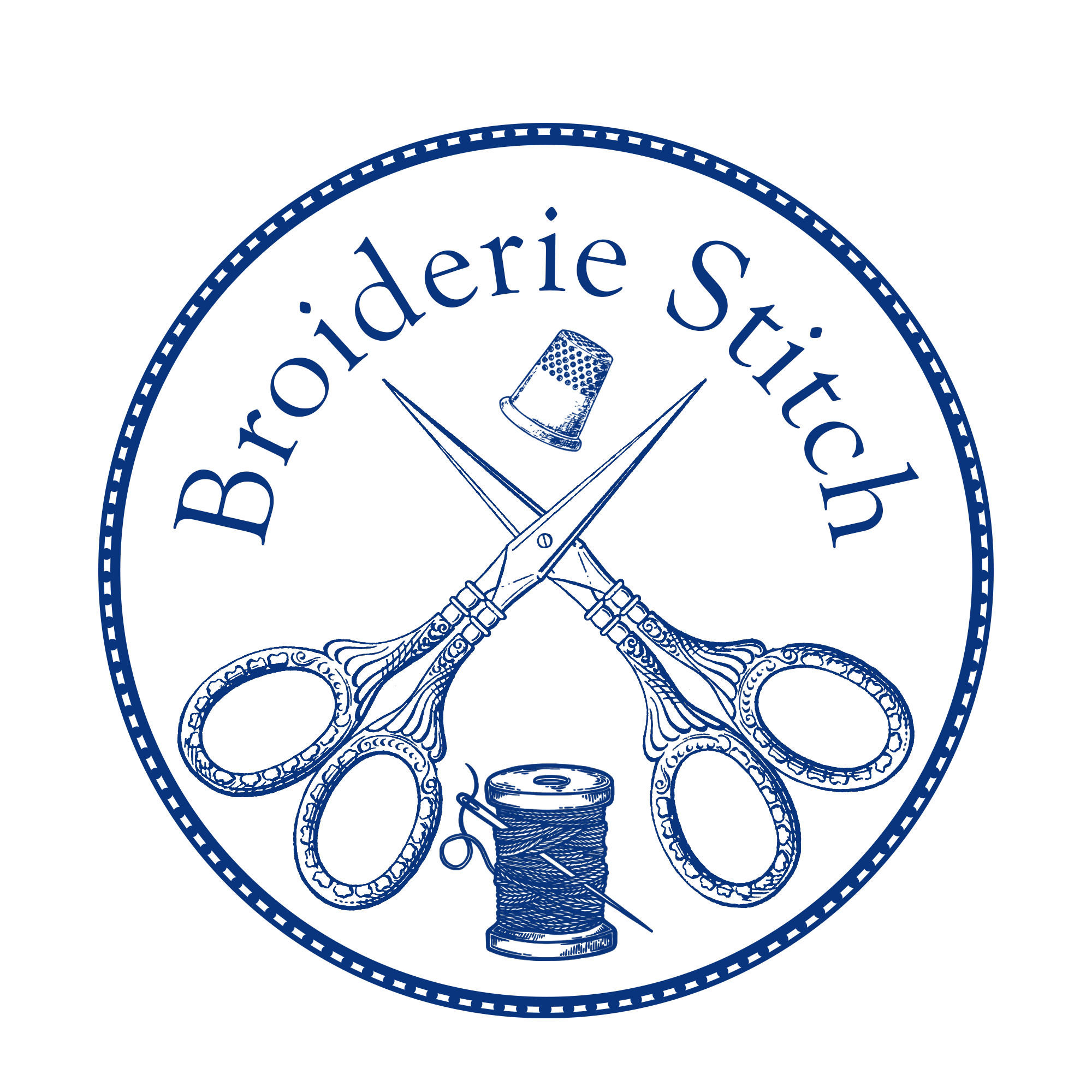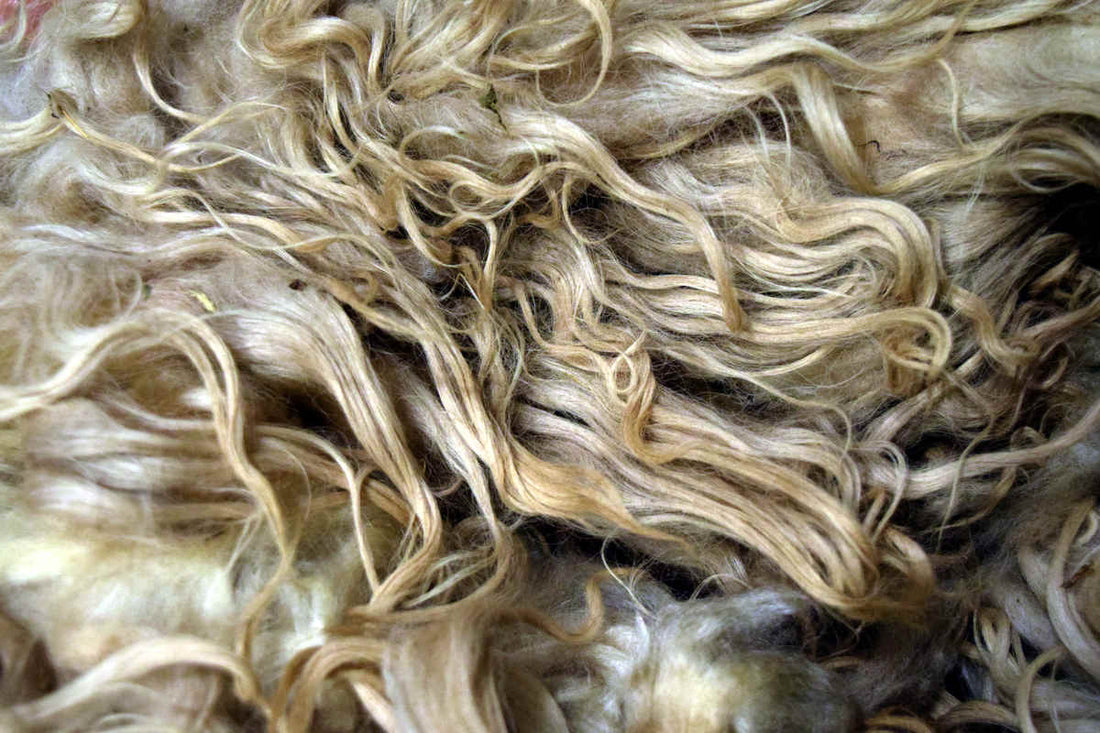I came back from the fiber festival this year loaded down with fleece – yes sir, yes sir, three bags’ full. One of alpaca, one of wool, and one precious small bag of angora rabbit. The sheep fleece is the largest and will require the most prep, so we’ll start there.
A fleece (not to be confused with synthetic fleece fabric) is the coat of a fiber-bearing animal, typically a sheep or alpaca. There’s a few different ways to get it off of them, the most common being shearing. This is nothing but a haircut, and in fact there were sheep being shorn at the fair – a process that only takes a couple minutes. A shearer takes an industrially-sized clipper and gives them a haircut, after which they frolic, get pet, and generally appear to have a good time reveling in their new ‘do. The fiber comes off in one large piece, which can weigh five or ten pounds, maybe more. The shearer removes the dirtiest parts (called skirting the fleece) and rolls it up in a neat bundle. That bundle is bagged and weighed, as well as marked according to the type of animal and breed, as well as anything else the shepherd wants potential buyers to know. Many of them are marked with the animal’s name, which is cool to see. My wool and alpaca weren’t named, but my bag of angora was courtesy of a rabbit named Azure.
There are many breeds of sheep, and each one produces slightly different wool. I’ve always been interested in the primitive breeds. They have far more variation and genetic diversity than modern breeds, rather like heirloom tomatoes or historic apple varieties. They’re not optimized for industrial carding machines, but they are often uniquely suited to the places where they originate. The Shetland is a great example of a primitive breed, and I was very excited to find a Shetland fleece to bring home and spin.
The Shetland sheep is a very small sheep, and the fleeces are small too – mine was just over two pounds. Their lineage likely starts with the wild sheep of the islands, which were settled over 4500 years ago during the Neolithic. Later, those sheep were bred with others brought to the Shetland Islands a thousand years ago by Norse sailors. This makes them broadly similar to other Northern European short-tailed sheep, like Soays and Finnsheep. Later on some long-wooled sheep were added to the mix (brought to the British Isles by the Romans) and then probably a few other breeds from Scotland as well. This mix has contributed to a remarkable amount of diversity within the breed, although many accounts lament the declining of the wool quality produced by adding cheviot or other stock in the last few centuries. Shetlands are rugged little things, agile and smart (for sheep) and only require about a third to a half the food of larger, more modern sheep, perfect for surviving the harsh conditions of their island habitat. Although marked as an Endangered Breed in 1977, the hard work of the Shetland Flock Book Society and others has brought the breed back to more comfortable numbers. By 1985 they were reclassified to category 5 (Above Numerical Guidelines) and reclassified again as a Minority Breed in 1990.
Shetlands come in 11 basic colors with dozens of different traditional markings. Notably, they’re one of the few breeds that can produce a true black, which was especially important before the advent of synthetic dyes. Black is a tough color to dye, even now. They produce some of the finest wool of any sheep, too, and it’s very lustrous. Many Shetlands are long or double-coated, with long, wavy outer coats protecting the shorter, downy undercoats. All of these things are anathema to commercial processing plants, which prefer single-coated, white, uniform fleeces, preferably from larger and more productive sheep.

Straight off the sheep
As much as it resists commercialization, the variety within the breed (and within a single fleece) can be a boon to a hand spinner. The extra fine wool of the neck can make incredibly soft, delicate shawls and baby goods, the lustrous guard hairs make hard-wearing and durable yarns, and their various colors and often mottled coloring means you can get several colors as well as several different wool yarns from a single fleece. A small flock could easily provide wool for all sorts of items and uses.
The Shetland Islands are known for a couple different kinds of knitted goods made from these sheep. One is wedding-ring shawls, which are a marvel straight out of a fairy tale. These shawls, square in shape and often as tall as the spinner, are spun fine enough to pass through a wedding ring. They require careful processing of very fine wool and a skillful spinner. One account, from 1856, mentions that some truly exceptional spinners could produce six thousand yards of three-ply thread from two ounces of raw wool. (Sketches and tales of the Shetland Islands, by Eliza Edmonston)
The Shetland wedding ring shawls were made from Shetland wool, of course, but a tradition of wedding ring shawls developed independently in Orenburg, Russia too, from a goat fiber similar to cashmere. I’d love to attempt a wedding ring shawl, though I don’t know if my spinning is fine enough yet. Queen Victoria commissioned several Shetland shawls to give as gifts. She was a great patron of the needle arts; Honiton lace gained international fame after she commissioned two hundred lacemakers to make the flounces for her wedding dress.
The North Atlantic is a cold, blustery place, and it’s not surprising that a tradition of warm woolen sweaters developed there as well. Specifically, the Shetland Islands produced sweaters knit in a distinctive stranded colorwork called Fair Isle. Long ago these were made with naturally-dyed yarns, but as demand outstripped the local supply of the often slow-growing dye materials, the knitters switched to using the natural colors of the wool itself in order to protect the lichens and alpine plants of their home. Not only does the method of knitting produce colorful patterns on the surface of the fabric, but carrying strands of two or three colors on every row makes them thicker and warmer, too. I’ve been working on a sweater of this sort dyed with local materials for some time now, though my progress has been slow.
This fleece is about two pounds unwashed, so I’m hoping to have enough when it’s all processed to make myself a lightweight sweater like the ones Tenzing Norgay and Edmund Hillary wore as they reached the summit of Mt. Everest. I could use a sweater fit for the Himalayas, and I’ll probably nearly live in it during the winter months.

